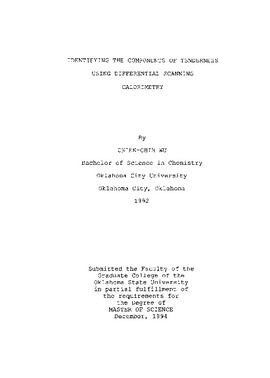| dc.description.abstract | Several components have been identified as general predictors of beef tenderness. Most of these components include the collagen in the connective tissue, myofibrillar proteins and fat. Berry et al. (1974} reported that muscles rated low in tenderness exhibited a lower percent of soluble collagen content than those with high collagen solubility, while other studies (Kruggel et al. 1970; Smith and Carpenter, 1970; Cross et al, 1973} found lower correlation between total collagen content and tenderness of muscles. In addition, Bouton and Harris (1972b) concluded myofibrils reflected the major differences in tenderness of muscles. Moreover, Cross et al. (1972) and McKeith et al. (1985) reported muscles with higher percent fat tended to be more tender. Differential scanning calorimetry (DSC) has been used to study the thermal denaturation of proteins in post rigor muscle (Ledward and Lawrie, 1975; Wright et al. 1977; Stabursvik and Martens, 1980; Findlay and Stanley, 1984). Wagner and Anon (1985) determined the thermal denaturation kinetics of myofibrillar proteins in bovine muscle. Also, Wu et al. (1985) investigated thermal transitions of fish mince and actomyosin from croaker by using DSC. Therefore, the objective of this study was to use differential scanning calorimetry to study thermal denaturation of muscle protein from selected beef muscles differing in tenderness. | |
